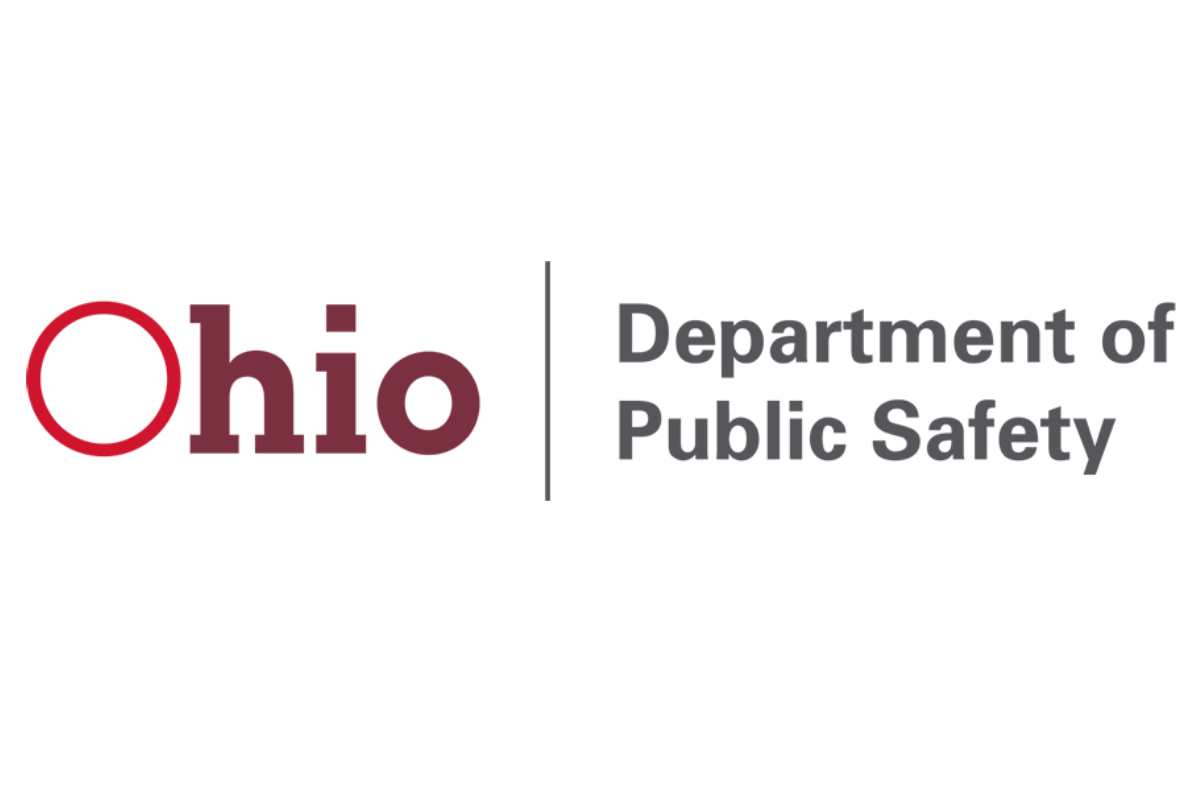
(COLUMBUS, Ohio) – Opportunities for Ohioans with Disabilities (OOD) and the Ohio Bureau of Motor Vehicles (BMV), a division of the Ohio Department of Public Safety (ODPS), have announced a significant milestone: over 2,000 license plates have been registered in the voluntary database for individuals with communication disabilities.
This initiative allows individuals with a medically- diagnosed communication disability to voluntarily enroll in a law enforcement database. This connection ensures that officers involved in a traffic stop are informed if a driver or passenger may have communication challenges, thereby reducing the risk for misunderstandings.
“Having this information right up front is helping law enforcement officers add an additional layer of understanding in their approach to these situations, creating a smoother stop for all involved,” said Ohio Governor DeWine. “Ultimately, our goal is to ensure that all people feel safe and secure while interacting with law enforcement. I encourage anyone who has a communications disability to sign up to participate.”
To enroll, individuals must obtain a verification form from a physician, psychiatrist, or psychologist to confirm their communication disability. The completed form should then be submitted to the BMV.
Kevin L. Miller, Director of OOD, shared his enthusiasm: “This has been a game changer for individuals with communication disabilities. By opting in, a communication disability is flagged for law enforcement, but exact disabilities (e.g., Deaf, hard of hearing, cerebral palsy, autism spectrum disorder) remain private.”
Charlie Norman, BMV Registrar, highlighted the value of the database: “Access to this information is an invaluable resource for Ohio law enforcement, improving communication and fostering trust, community stability, and officer safety.”
For more information, including an awareness video and the verification form, visit OOD’s Communication Disability Law webpage.
OOD is the state agency responsible for empowering Ohioans with disabilities through employment, disability determinations, and independence.

